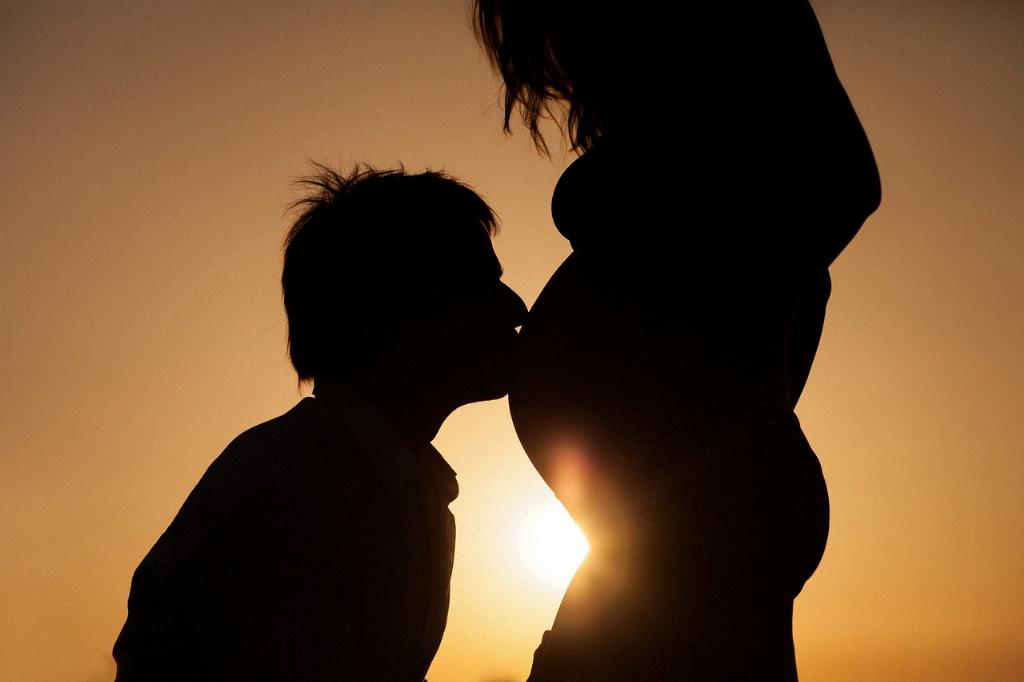When it comes to the debate between c-sections and natural vaginal births, there are several factors to consider. One of the main concerns many expectant mothers have is the question of which delivery method poses more risks. Let’s delve into the details to help you understand the potential risks associated with both c-sections and vaginal births.
Understanding the Risks of C-Section
A cesarean section, commonly known as a c-section, is a surgical procedure to deliver a baby through incisions in the abdomen and uterus. While c-sections can be life-saving in certain situations, they are not without risks. Some of the risks associated with c-sections include infection, blood clots, and a longer recovery time compared to vaginal births.
Potential Risks for the Mother
For the mother, c-sections can increase the risk of complications such as infections in the surgical site, blood loss, and injury to surrounding organs. Additionally, c-sections may lead to longer hospital stays and a higher likelihood of needing a repeat c-section in future pregnancies. It’s important to discuss these potential risks with your healthcare provider to make an informed decision.
Impact on the Baby
While c-sections are generally considered safe for both mother and baby, there are some risks to the infant. Babies born via c-section may be at a higher risk of breathing problems shortly after birth and are more likely to develop asthma and allergies later in life compared to babies born vaginally.
Benefits of Vaginal Birth
On the other hand, vaginal births are considered the natural way of delivering a baby and can come with their own set of benefits. Vaginal births are associated with shorter recovery times, lower risk of infections, and better bonding between mother and baby due to the skin-to-skin contact immediately after birth.
Risks of Vaginal Birth
While vaginal births are generally considered safer than c-sections for both mother and baby, they are not without risks. Some potential complications of vaginal births include tearing of the perineum, prolonged labor, and the need for interventions such as forceps or vacuum extraction.
Factors to Consider
Ultimately, the decision between a c-section and vaginal birth should be based on several factors, including your overall health, the health of your baby, and any underlying medical conditions you may have. It’s important to have an open and honest discussion with your healthcare provider to weigh the risks and benefits of each delivery method.
Conclusion
While both c-sections and vaginal births come with their own set of risks, it’s essential to remember that every pregnancy is unique. What might be the best option for one woman may not be the best choice for another. By staying informed and working closely with your healthcare provider, you can make the decision that is best for you and your baby’s health and well-being.

